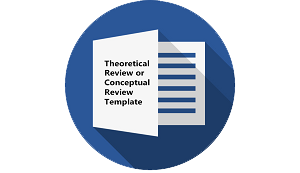PEMANFAATAN MEDIA SOSIAL OLEH TENAGA KERJA INDONESIA DALAM PROSES PENDIDIKAN ANAK MENGGUNAKAN METODE BELAJAR LONG DISTANCE RELATIONSHIP
DOI:
https://doi.org/10.30957/cendekia.v13i1.59Keywords:
social media, migrant workers, children educationAbstract
At present, social media is more widely used by migrant workers and TKI children just for the daily communication. The function of the social media is done in trivialities because both parties operationally can maximazie the media more specifically especially to improve the process of education and learning between parents to their children. This study draws problem of how social media can be used by TKI in educating children, through the LDR (Long Distance Relationship) method. This study used qualitative descriptive approach to analyze the data. The research subjects who acted as respondents were migrant workers and former migrant workers from Lampung Province. The results show that learning models using the LDR Method could be applied by Indonesian migrant workers to children who live in their hometowns. Themes of communication using LDR should be focused on education aspects emphasizing on motivation, achievement, frame of future life, and daily activities for schools.
Downloads
Downloads
Published
How to Cite
Issue
Section
License
Authors who publish with this journal agree to the following terms:
- Authors retain copyright and grant the journal right of first publication with the work simultaneously licensed under a Creative Commons Attribution-ShareAlike 4.0 International License that allows others to share the work with an acknowledgement of the work's authorship and initial publication in this journal.
- Authors are able to enter into separate, additional contractual arrangements for the non-exclusive distribution of the journal's published version of the work (e.g., post it to an institutional repository or publish it in a book), with an acknowledgement of its initial publication in this journal.
- Authors are permitted and encouraged to post their work online (e.g., in institutional repositories or on their website) prior to and during the submission process, as it can lead to productive exchanges, as well as earlier and greater citation of published work (See The Effect of Open Access).












